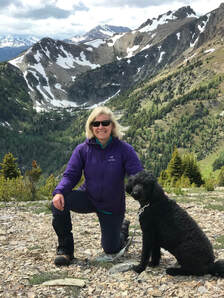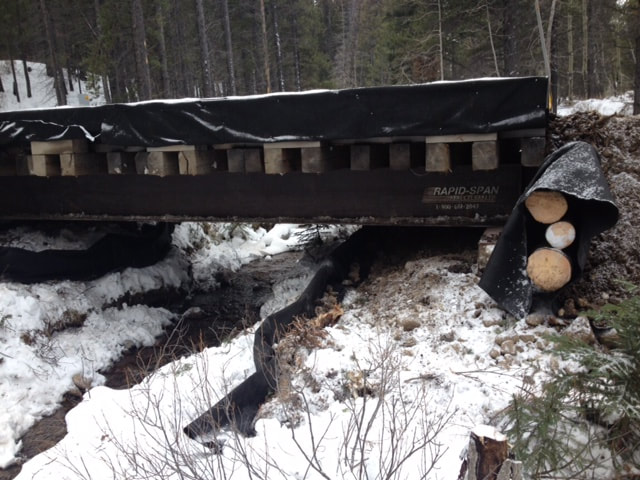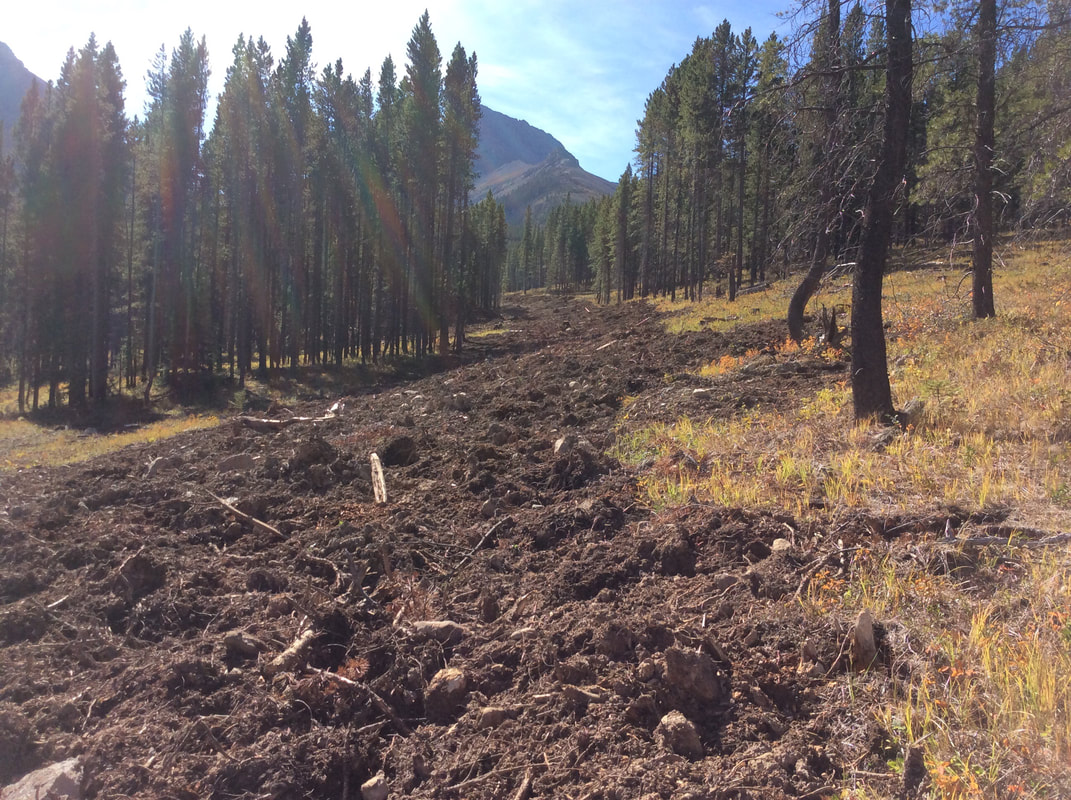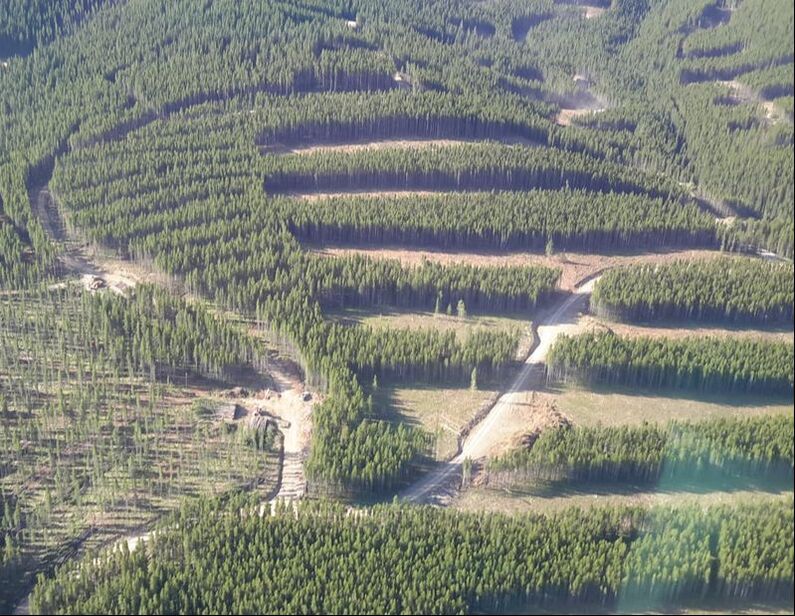Canfor & forWater deliver better forest management practices for drinking water and beyond1/21/2021 Canfor is a global leader in producing sustainable lumber, pulp and paper. In order to sustainably manage forests, Canfor must take into account the different needs and values people have for forested landscapes. These include – environmental, social, cultural, and economic objectives. Close to the top of the list is water quantity and quality.  Dr. Kari Stuart-Smith, Senior Forest Scientist, Canfor Dr. Kari Stuart-Smith, Senior Forest Scientist, Canfor This is why Canfor has partnered with the forWater Network to conduct research to better understand management strategies that minimize impacts on water, including critical drinking water supplies. In British Columbia and western Alberta, where Canfor operates in Canada, many of the streams and rivers provide drinking water for homes and communities, support important recreational fisheries, and provide habitat for fish species-at-risk. Critical questions focus on how to build and maintain roads and harvest timber with minimal or no impact on water supplies and aquatic ecosystems. This is the work that Dr. Kari Stuart-Smith, Senior Forest Scientist at Canfor, spends a lot of her time thinking about. “I really believe that forestry has an important role to play in the Canadian economy and in supporting rural communities throughout Canada. But it has to be done right,” said Kari. “Water is critical, water is life. Partnering with forWater allows Canfor to incorporate state-of-the-art science into our forestry and water management practices, which directly reflect our values of innovation and sustainability.” One of the key challenges of identifying optimal forest management practices for use in Canada is the rich ecosystem diversity that exists across the country. From the Rockies, to the plains, to the rolling landscape of the boreal shield, each ecozone responds differently to forest management. Kari believes an enormous benefit of the forWater Network is the fact that it compares approaches across Canada. One such study that Canfor and Kari was involved in was conducted in the Star Creek watershed in southwestern Alberta’s Montane Cordillera region. Canfor worked in partnership with The Southern Rockies Watershed Project (SRWP), led by Uldis Silins, forWater Network co-Principal Investigator, on research into key questions about forestry practices and water quality. The SRWP designed the treatments while Canfor laid out the roads, built stream crossings and designed stream buffers with the intent of minimizing impact to water quality. Some of the best management practices (BMPs) that Canfor implemented were minimizing the length of ditch lines, armouring culverts, installing catch basins at crossings to trap sediment, wrapping bridges in sediment cloth, amongst other practices. “Star Creek is identified as critical habitat for threatened Westslope cutthroat trout,” shared Stuart-Smith. “The SRWP research demonstrated that the BMPs Canfor implemented effectively minimized erosion and sediment input from the cutblocks and roads to the stream, allowing forest management to have little to no impact on water in this sensitive area.” The work done in Star Creek represents an important example of how the network’s focus on drinking water treatability enables broader partner co-benefits, including concurrent understanding of management impacts on aquatic ecosystems. Professor Monica Emelko, forWater Network Principal Investigator said, “While drinking water treatability and aquatic ecosystem priorities for water quality often align, they can also differ substantially.” The forWater research approaches are designed to inform both domains of impacts. “This is exciting because our program is the first of its kind globally to have a focus on integrating forest management with drinking water treatment and security,” Emelko added. “Now comes the work of sharing these findings more broadly and engaging both government and industry foresters to discuss how to implement these practices more broadly.” Kari took the time to talk with members of the public and environmental groups that were concerned about the trout in Star Creek. She conducted one-on-one meetings and field tours with each group, explaining the BMPs that were being used in this area and the monitoring of water quality and quantity that was being done through the forWater research. She was able to successfully gain their support after they had the opportunity to see what the team was doing in person and the BMPs that were being employed. “The exciting thing about the study at Star Creek is that the research showed the BMPs we used for controlling erosion and sediment worked,” Kari shared. “Now comes the work of sharing these findings more broadly and engaging both government and industry foresters to discuss how to implement these practices more broadly.” Further work within the Network will help to uncover how the BMPs at Star Creek can be incorporated into forest management at Canfor and beyond.
0 Comments
Leave a Reply. |
forWater NetworkThe Network provides insights into new scientific research for safe, secure drinking water---globally---which starts with resilient forests Archives
October 2023
Categories |




 RSS Feed
RSS Feed

